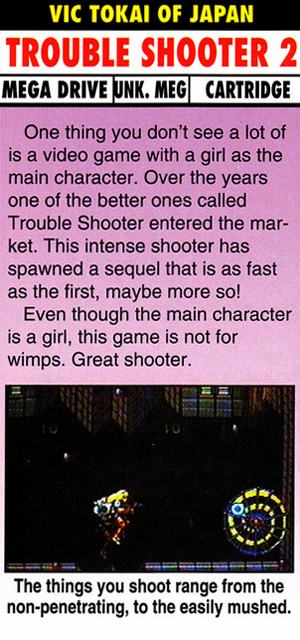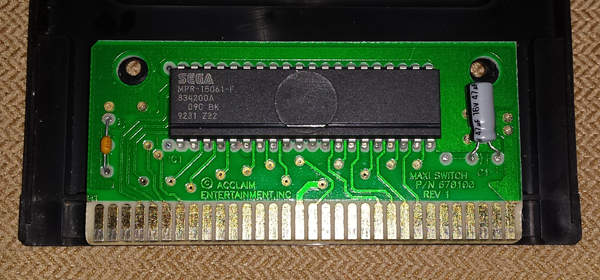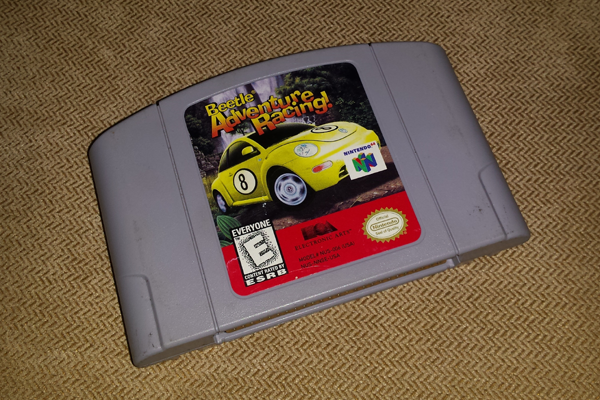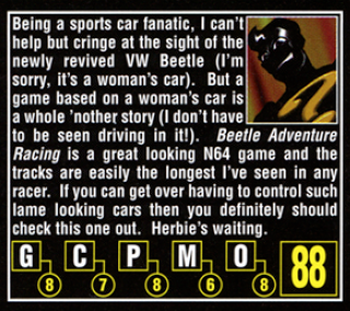Buying old video games is ridiculous in this day and age. It wasn’t so long ago that cheap, unwanted cartridges littered garage sales, thrift shops, and any retro-game store brave enough to exist. Yet video games fell into the deep and inescapable swamp of being
collectible, and anything less common than a Sega Genesis sports title spiked in price. Ten years back, NES games like
Metal Storm and
Kick Master might have sat in flea markets bin with a “$5 EACH OR THREE FOR $12” sign protruding from rows of obsolete plastic. Today they’re considered bargains if they stay under a hundred bucks for just the bare cartridge. And if you want the box and instructions, I have some bad news for you.
I considered myself lucky, however. I collected old games in the late 1990s and early 2000s, when Goodwill sold NES cartridges for two bucks apiece and people would throw 32X systems in the garbage when Electronics Boutique refused to take them in trade. I sold most of my library when prices reached absurd levels, and I told myself that I’d done well and stayed sensible. I’d never paid more than $100 for a game, provided I didn't adjust old RPGs for inflation. More importantly, I got everything I wanted before the collecting scene turned psychotic.
Well, almost everything.
Trouble Shooter, aka
Battle Mania, is one of my favorite series, if two games constitute a series. I’ve written about their appeal
several times before, how their mix of solid side-view shooting and stylish comedy captures everything I like about silly ’80s anime. I bought the original
Trouble Shooter when it was cheap, but I never could bring myself to pick up its Japan-only sequel,
Battle Mania Daiginjou.

I wanted
Daiginjou ever since a 1993 issue of EGM introduced it as
Trouble Shooter 2 in a sexist writeup, but it was too expensive. By the time I started collecting games,
Daiginjou went for over $150 on eBay, and I refused to spend that much on a single Genesis title (not even if I could call it a Mega Drive title, since it was from Japan). Of course, that was fifteen years ago, and like every other game more popular than
Cyberball, it more than tripled in price. Buying
Battle Mania Daiginjou is even dumber today than it was back in 2003.
So I bought it.






